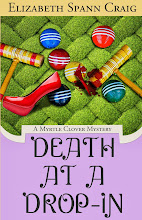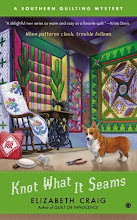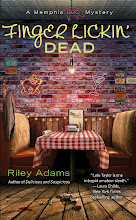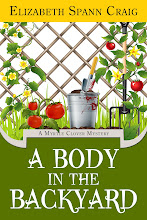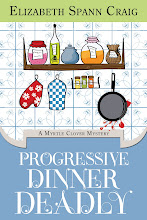Guest Post by Jack Smith
Dialogue
Tags
What about “he said”/”she said”—do you
need them? Or perhaps the character’s
name instead of the pronoun? How much of
either is needed? How much is too
much? Like everything else in creative
writing, no rules here. Only what
works. And you can think of this matter
in at least two ways: clarity and style—or both.
Take a look at this passage from Raymond
Carver’s “What’s in Alaska?” Do we need
the dialogue tags?
“I don’t know. Something Mary said,” Helen said.
“What did I say?” Mary
said.
“I can’t remember,”
Helen said.
“We have to go,” Jack
said.
“So long,” Carl
said. “Take it easy.”
We could probably use some help here,
clarity-wise, since we’ve got four characters speaking, but notice too that
Carver creates an interesting cadence by the repetition of “said.” Really!
Nice, isn’t it? What if he went
by some silly hard-and-fast rule about cutting down your use of “said.” We would miss the lyrical quality of his
prose. Wouldn’t we?
Is clarity a matter in this passage from
Carver’s “The Compartment”?
They love you, I said.
No, they don’t, he
said.
I said, Someday,
they’ll understand things.
Maybe Wes, said. But it won’t matter then.
You don’t know, I
said.
I know a few things,
Wes said, and he looked at me.
Clarity is much less an issue here. But again—notice how the repetitive use of
“said” builds an interesting cadence. The texture of the prose draws us in—or
at least it draws me in.
Notice now this passage from Hemingway’s The Sun Also Rises. No dialogue tags:
“He must drink a lot
of wine.”
“Or wear purple
undershirts.”
“Let’s ask him.”
“No. He’s too tired.”
There’s plenty of this bare-bones
dialogue in this novel. And by now, this
stripped-down dialogue is pretty familiar to many readers—readers, for
instance, of Cormac McCarthy. It creates
an impact. We hear conversation spoken,
and that’s it—like an audio tape.
But there’s a middle road—a “he said,” a “she
said,” or “Norm said,” or “Mary said,” now and then—and then an action line
that establishes who’s talking. For
instance, also from The Sun Also Rises:
“Poor old
darling.” She stroked my head.
You could avoid the tags by action lines
like this. We know who’s talking.
So what are your options?
1.
Ramp up the dialogue tags.
2. Eliminate them altogether and go with
the bare-bones back and forth exchange.
3. Insert action lines now and then to
find ways to avoid tags.
But don’t get the idea that it’s best to
go for the Aristotelian Mean and take a middle path. Think clarity, but also think style.
Write and Revise for Publication
, Writer’s Digest, 2013, and Hog to Hog, winner of the George
Garrett Fiction Prize, Texas Review Press, 2008







